Kaifeng soup dumplings
Kaifeng filling soup bag is one of the famous foods in Kaifeng because of its unique flavor. The soup is thin and white like Jingdezhen ceramics. It has a transparent feeling. Eat it with meat filling and fresh soup on the bottom. Kaifeng people eat dumplings filled with soup with such a smooth saying, "first open the window, then drink soup, then full of fragrance".
Tang Ru's poetry, meat for prose, face for fiction. Because fiction is all inclusive, prose is a little more essence, poetry is the essence of the text. Therefore, after eating steamed buns, we take the lead in remembering the freshness of the soup. The meat filling is close to the taste of the soup, and the chewing sensation of the skin can be neglected.
History
Kaifeng small cage steamed bun has a history of 100 years. The unique flavor is one of the famous foods in Kaifeng. Small cage steamed buns are exquisite in material selection and fine in production. Lean pork from pig hind legs is used as stuffing, fine powder as skin and steamed by steam.
Characteristic
Beautiful appearance, small and exquisite, thin and stuffed, filling soup with oil, delicious taste, delicate fragrance and mouth, soup is full of mellow, the entrance is oily but not greasy.
innovation
Small cage steamed buns were initially managed by Huang Jishan. His steamed buns, which are rich in the merits of various families, are white and tender in color and have unique flavor, and are highly praised by diners. The small steamed steamed steamed steamed steamed steamed steamed steamed steamed steamed steamed steamed steamed steamed steamed steamed steamed steamed steamed steamed steamed steamed steamed steamed steamed ste The noodles and stuffing of steamed buns were innovated boldly. If the original surface is one third of the hair and two-thirds of the dead surface, then only the dead surface is used instead of the hair, so that the skin is thinner and the bottom is not dropped. The technology of looper is quite strict. It can only be achieved by rubbing, flinging, pulling, pasting several times and "three softnesses and three hardnesses" of veneer. The steamed bun stuffing was originally mixed with meat skin jelly. After eating too much, it was greasy and removed. And with sugar, monosodium glutamate filling, removed the sweet sauce, filling only ginger, not onions. It takes a lot of time to beat the stuffing, and it keeps pulling the filaments.
epideictic
Steamed steamed steamed steamed buns are served in small cages. The shape of steamed buns is as follows: Picking up a strand of silk and putting down a thin mass, the skin is like chrysanthemum heart, and the filling is like roses.
Soup steamed buns have the beauty of form, its content is exquisite and unique, meat stuffing and fresh soup live in a room, eat it, will eat noodles, meat, soup Three integration, is an integrated charm. When eating steamed buns filled with soup, the presence of soup ranked first, followed by meat filling, followed by skin. Tang Ru's poetry, meat for prose, face for fiction. Because fiction is all inclusive, prose is a little more essence, poetry is the essence of the text. Therefore, after eating steamed buns, we take the lead in remembering the freshness of the soup. The meat filling is close to the taste of the soup, and the chewing sensation of the skin can be neglected. This is the experience of the Southerners eating the North Country. Whether the Northerners rank first or not is unknown.
Eating steamed buns filled with Kaifeng soup is an important process. Steamed buns with thin skin and white like Jingdezhen ceramics are transparent. There are 32 folds of fine kneading crepe on the bun, which is not uniform enough. Put it on a white porcelain plate, it looks like white chrysanthemum in soup steamed buns. Lift the seals and clip them up, hanging like lanterns. This aesthetic appreciation process is indispensable. Eat it with meat filling and fresh soup on the bottom. Kaifeng people eat dumplings filled with soup with such a smooth line: "first open the window, then drink soup, then full of fragrance."
When eating steamed buns filled with soup, the existence of soup ranked first, followed by meat filling, followed by skin. Tang Ru's poetry, meat for prose, face for fiction. Because fiction is all inclusive, prose is a little more essence, poetry is the essence of the text. Therefore, after eating steamed buns, we take the lead in remembering the freshness of the soup. The meat filling is close to the taste of the soup, and the chewing sensation of the skin can be neglected. This is the experience of the Southerners eating the North Country. Whether the Northerners rank first or not is unknown.
From eating to comprehending the artistic conception of philosophy, in our world, the beauty of soul is important. If the content and formalism are the same beauty, it should be the most beautiful realm. Beautiful people and neon clothes complement each other and create thousands of worlds. It just gives the eternal memory of the world, which can not be separated. Admittedly, Gantang Baozi is exquisite, just like the fine writing of Song Ci, it has been separated from the vulgar folk cow drink, apparently the same clan with Hanlin Academy, and Hanlin Academy is similar to the Literature Research Institute of the present Academy of Social Sciences.
After eating dumplings, visit the Guild Hall, Iron Tower, Longting Pavilion and Qingming Shanghe Garden in Kaifeng City. The Iron Pagoda is actually a glazed pagoda. It is exquisite, delicious and beautiful. It is with Kaifeng, the ancient city.

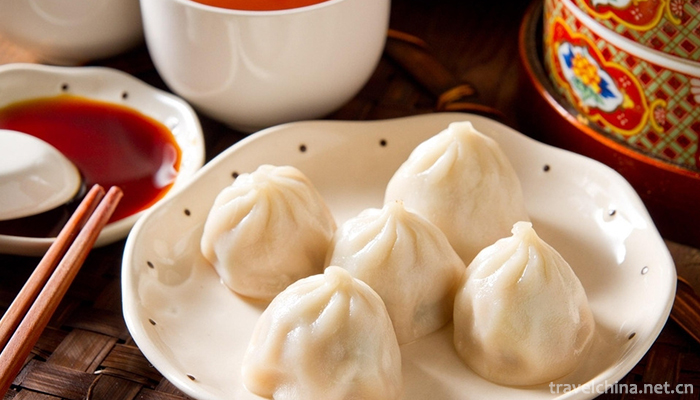
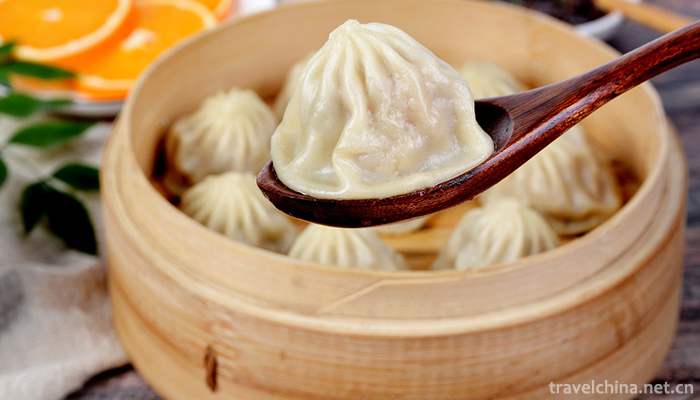
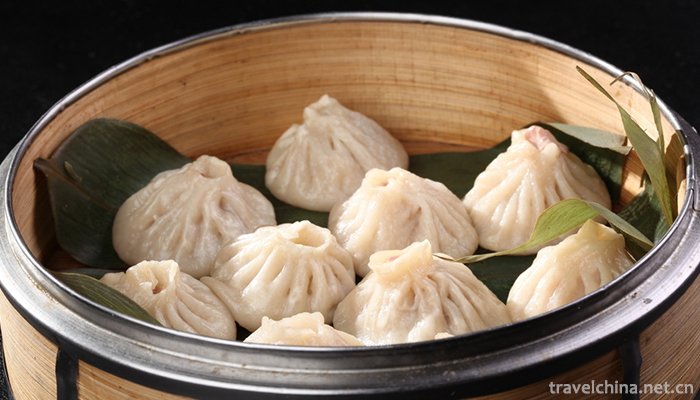
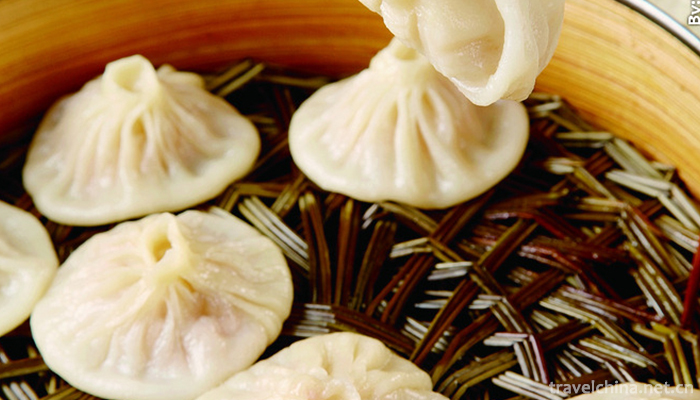
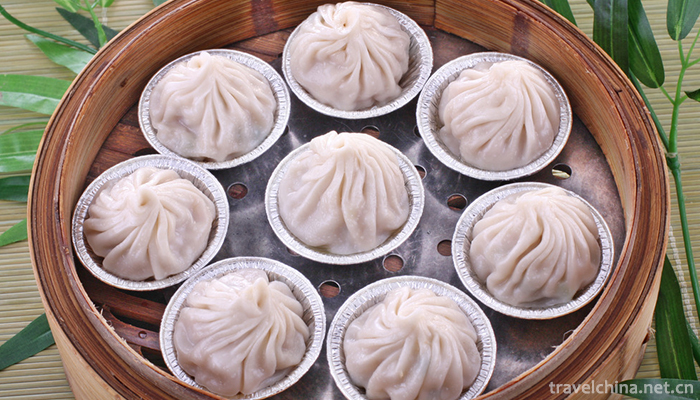
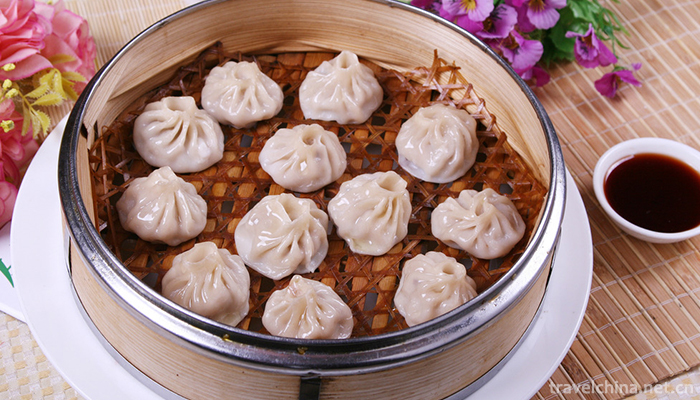
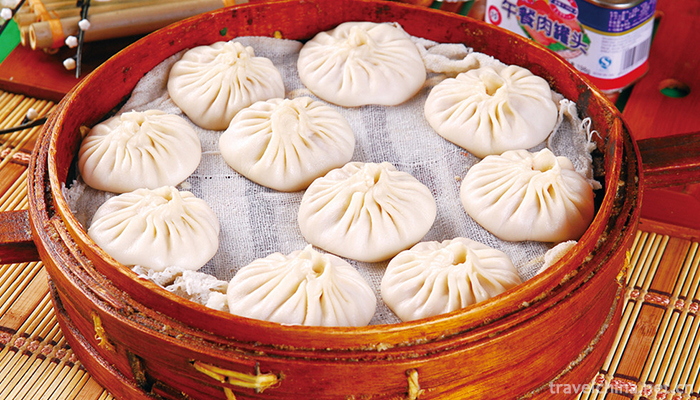
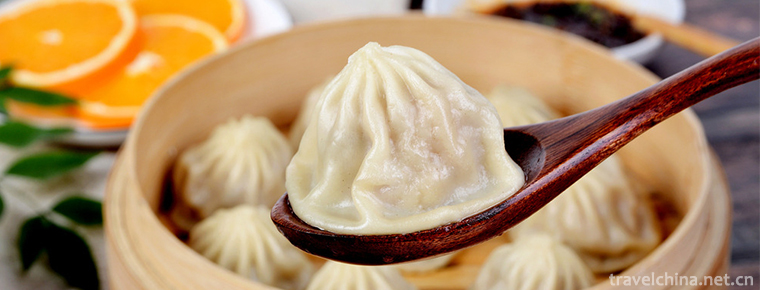
-
2.Wild Elephant Valley in Xishuangbanna
The Wild Elephant Valley in Xishuangbanna is located in Mengzi Nature Reserve and "UNESCO Man and Biosphere Reserve" of Xishuangbanna National Nature Reserve
Time 2019-02-25 -
3.The Site of the Ancient Great Wall of the Warring States Period
When people mention the Great Wall, they will think of the Great Wall from Shanhaiguan to Jiayuguan. However, in Xilingol League, there are also the ancient Great Wall, which is not as famous as the G
Time 2019-03-09 -
4.Browns Folk Songs
The folk songs of the Browns are rich in content and many melodies. Every time they get married, move to a new house, celebrate New Year's Day or work, young people
Time 2019-04-04 -
5.Sing the news
Singing news is a traditional local opera popular in eastern Zhejiang, especially in Fenghua, Beilun, Zhenhai, Yinzhou and Xiangshan. Singing news has a long history, about a hundred years ago
Time 2019-04-16 -
6.Big flat tone
Da Ping Diao (also known as Ping Diao, Da You Bang and Da Bang Opera), one of the local traditional operas in Henan and Shandong Province, is one of the national intangible cultural heritage.
Time 2019-04-23 -
7.Legend of Emperor Yan Shennong
Yan Emperor Shennong, one of the three emperors and five emperors, is one of the local folklores in Suizhou, Hubei Province, and is the national intangible cultural heritage. After Wa Fuxi, a stepdaug
Time 2019-07-10 -
8.Couplet Custom
Couplet is a couplet inscribed on the pillar of the couplet, also refers to the couplet, is a unique form of literature and art in China. The custom of couplets originated from the dual phenomenon of
Time 2019-07-14 -
9.Southwest University of Science and Technology
Southwest University of Science and Technology is located in Mianyang City, Sichuan Province. The school is a university built jointly by the Sichuan Provincial People's Government and the Ministry of
Time 2019-08-31 -
10.Thanksgiving tower
Baoen tower is located in Baoen tower Cultural Square, Jiangyang District, Luzhou City, Sichuan Province, commonly known as Luzhou white tower. It is one of the cultural relics under key protection in Luzhou city. Its unique "white pagoda dawn" is one of the "Eight Sights of Luzhou".
Time 2020-10-15 -
11.Guangyuan history and culture
"Guangyuan daughter's day, women swim in the river bay", this is a kind of folk cultural activities, this is the chapter described by Guangyuan daughter's day. On the first daughter's day in 1988, the water area of Jialing River in front of huangze temple was
Time 2020-12-15 -
12.Neijiang ten sages
Ten sages are outstanding representatives of historical figures in Neijiang, which are described as "one division, two phases, three number one scholars and four great masters";
Time 2020-12-16